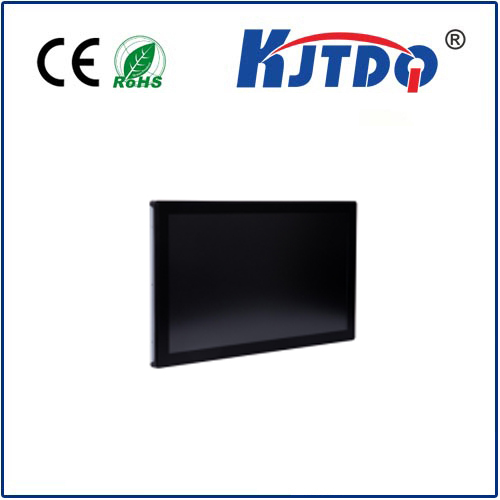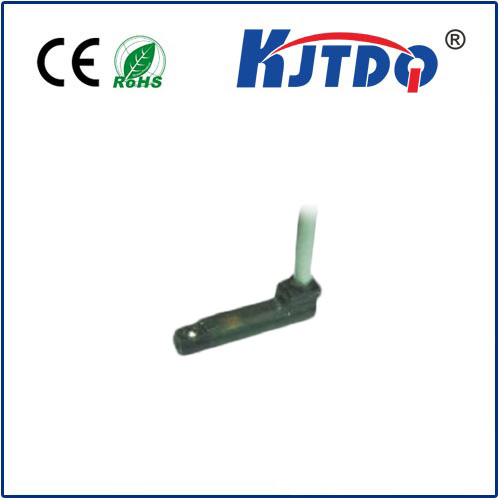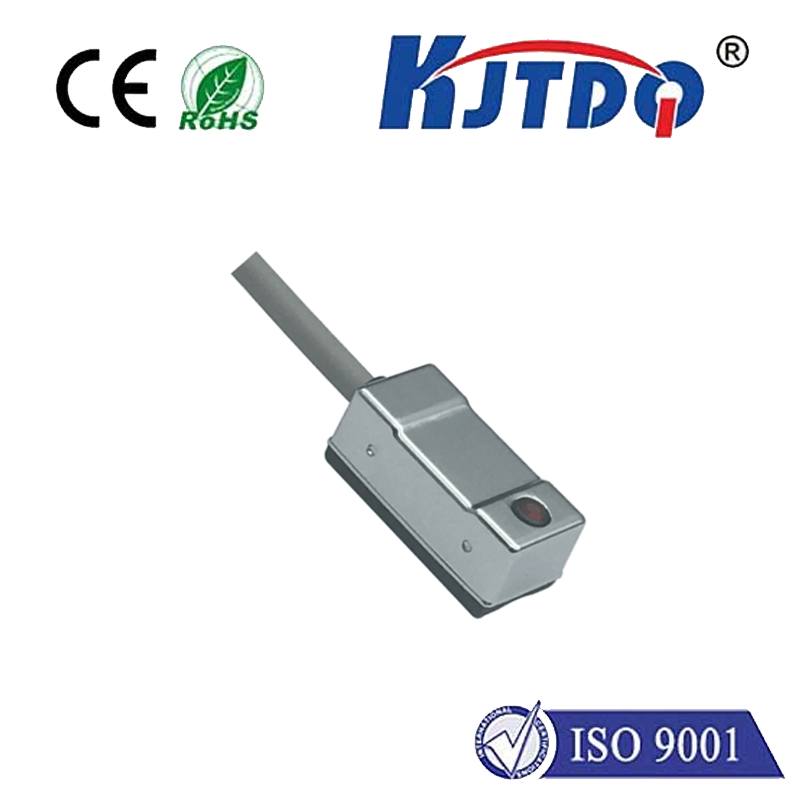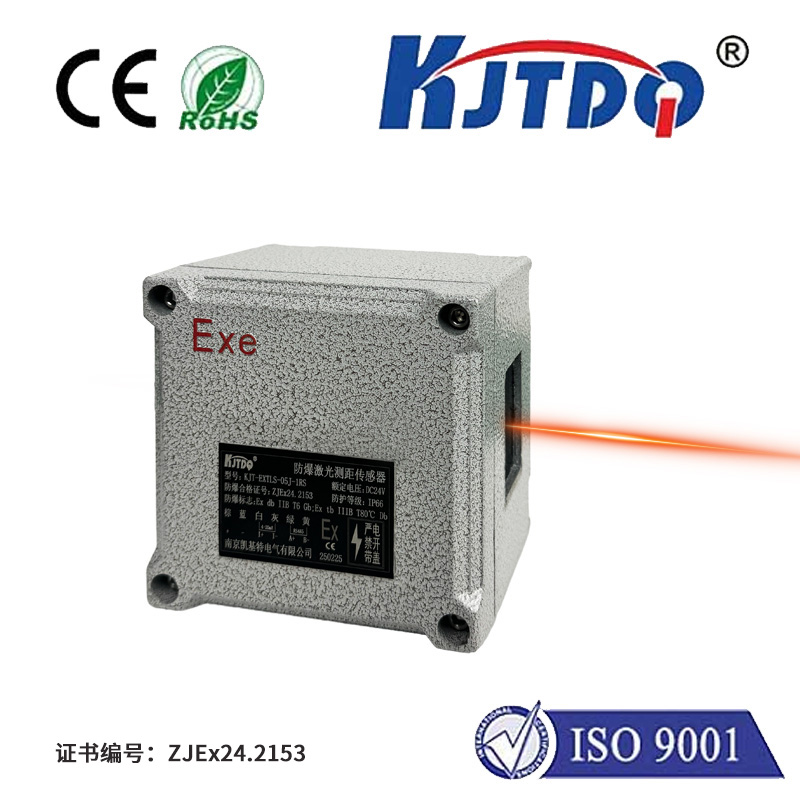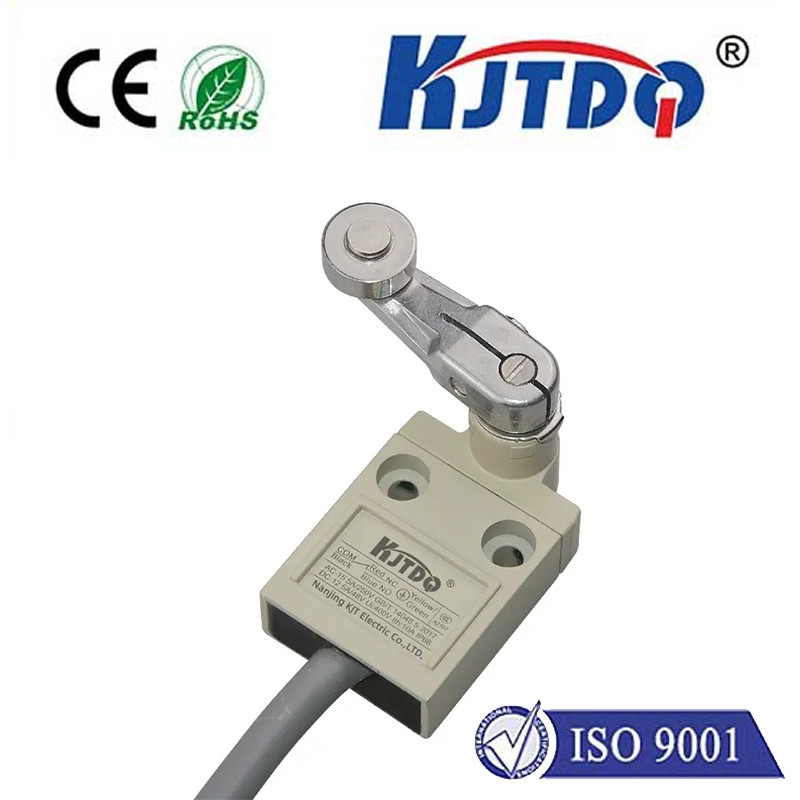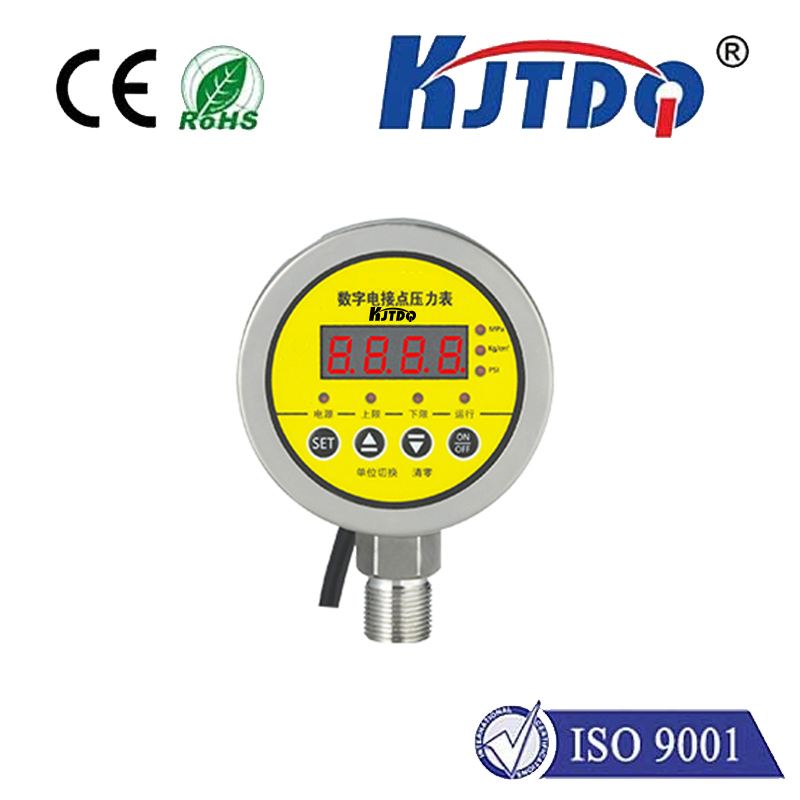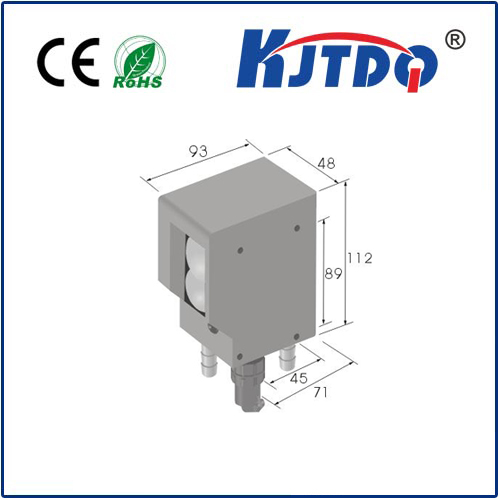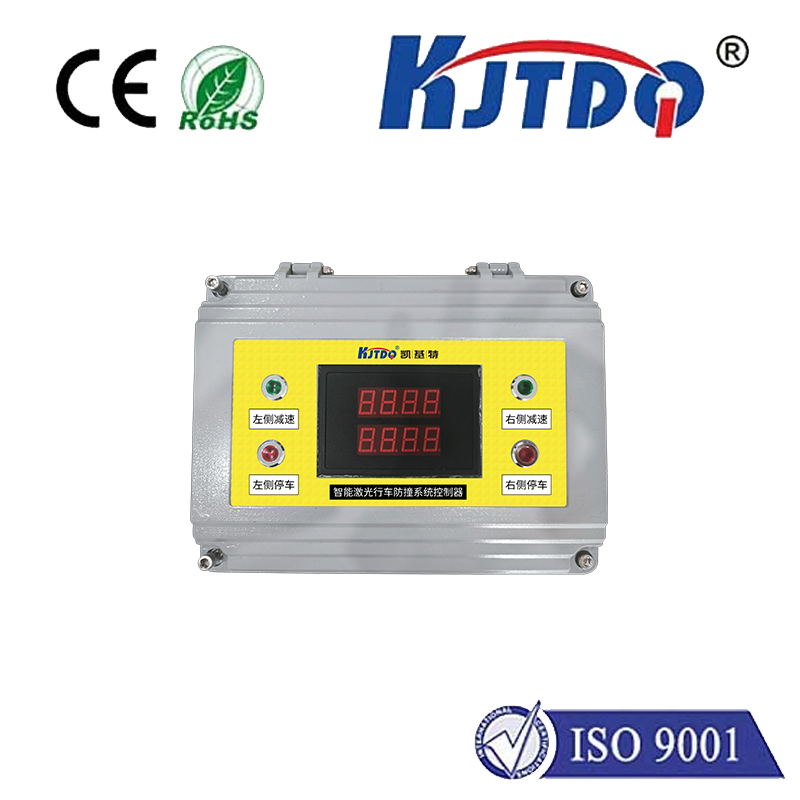reverse proximity sensor
- time:2025-07-18 08:04:58
- Click:0
Reverse Proximity Sensors: The Unseen Guardians of Empty Space
Imagine a vigilant sentinel standing watch, not for the arrival of an object, but for its departure. Imagine a safety check that confirms an item is missing, rather than present. This isn’t science fiction; it’s the precise, ingenious function of the reverse proximity sensor. Often overshadowed by their more common counterparts, these specialized devices play a critical, often unsung role in sophisticated automation, safety systems, and quality control. They are the masters of detecting absence, a capability just as vital as detecting presence in countless industrial and technological applications.
Unlike a standard proximity sensor, which activates (or deactivates) its output when a target object enters its sensing range, the reverse proximity sensor flips this logic. It produces its active signal when the target object is **not present within its designated detection field. Think of it as an “empty space detector.” Its default state, when sensing nothing, is active; when the object moves into the field, it effectively blocks the sensor’s signal, causing its output to switch off or go inactive.
How Does This “Reverse” Sensing Actually Work?
The operational principle hinges on the specific sensing technology employed. Common types include:
Retroreflective Photoelectric Sensors: This is arguably the most prevalent embodiment of the reverse proximity concept. The sensor unit consists of an emitter and a receiver. It requires a reflector positioned opposite the sensor. The emitter sends out a light beam (visible red, infrared, or laser) towards this reflector. The reflector efficiently bounces the beam back to the receiver within the sensor head. As long as the light beam travels uninterrupted to the reflector and back to the receiver, the sensor’s output is ACTIVE. This indicates the absence of an object in the beam path. When an object intrudes and interrupts this beam, the receiver stops detecting the reflected light. This break in the light path causes the sensor’s output to turn OFF (or INACTIVE).
Through-Beam Photoelectric Sensors: Similar in outcome but different in setup. Here, a separate emitter and receiver face each other. The receiver constantly monitors the light beam from the emitter. Output is ACTIVE when the beam is received (meaning the path is clear, and the target is absent). When an object blocks the beam, output turns OFF.
Inductive/Capacitive “Normally Open” vs. “Normally Closed”: Some inductive (for metals) and capacitive (for various materials) proximity sensors offer configurable outputs, often termed “Normally Open” (NO) or “Normally Closed” (NC). While not always labeled “reverse,” an NC output effectively functions inversely. An NC sensor provides an output signal when the target is OUTSIDE the sensing range. When the target enters the field, the output ceases. This NC behavior emulates the fundamental reverse proximity function for presence/absence detection using non-optical field-based sensing.
The Strategic Advantages: Why Choose “Reverse”?
This seemingly inverted logic offers significant advantages in specific applications:
- Simplified Installation & Alignment: Retroreflective reverse sensors excel in scenarios where mounting both a separate emitter and receiver on opposite sides is impractical, expensive, or impossible due to space constraints. Only the sensor head and a passive reflector need mounting – a much simpler and often more robust solution.
- Intrinsic Fail-Safe Operation: This is arguably the most critical benefit, especially in safety-critical applications. Consider a safety guard door sensor. Using a reverse proximity (retroreflective) sensor: If the beam is broken (door open), output goes OFF, triggering a safety stop. Crucially, if the sensor itself fails (e.g., LED burns out, cable severed, power loss), the receiver stops seeing the beam – mimicking the “beam broken” state and causing the output to turn OFF. This inherently safe design ensures a failure defaults to the safest condition (stopping the machine), known as Fail-Safe. A standard “object present” sensor would typically default to “no object detected” on failure, which might not trigger a safety stop if the guard was actually open.
- Monitoring for Absence: Directly suited for applications where knowing something is missing is paramount:
- Detecting empty nests or missing parts on an assembly line conveyor before a critical station.
- Confirming a container or pallet has been removed before initiating the next cycle.
- Verifying a safety guard or cover is securely closed (by ensuring the locking pin or latch is present, detected in its “home” position via reverse sensing).
- Monitoring for component drop-out in vibratory feeders or parts tracks.
- Enhanced Reliability in Dirty Environments: In some optical setups, dust or grime accumulating on the reflector might attenuate but not completely block the beam, potentially causing standard “presence” detection to be unreliable. A reverse sensor relies on a complete break of the beam for its inactive state, often offering a higher tolerance to partial obscuration when used for absence detection.
Real-World Applications: Where the “Absence Detectives” Shine
These sensors are indispensable across various industries:
- Packaging & Filling: Ensuring an empty bottle or container is correctly positioned before filling begins. Detecting missing caps or labels.
- Automotive Assembly: Verifying that a specific component (like a bolt, clip, or gasket) has been correctly placed or is present on a sub-assembly before it moves to the next station.
- Material Handling: Confirming a pallet has been removed from a conveyor transfer point before allowing the next pallet to advance. Detecting an empty spot on a rack system.
- Machine Safety: As mentioned, critically used in guard door monitoring (
Safety Light Curtains themselves often use reverse logic principles for beam break detection). Monitoring the position of safety latches or interlocks.
- Printing & Paper Handling: Detecting the absence of paper (paper-out detection) in a feed tray.
- Electronics Manufacturing: Verifying the presence (by detecting its absence if gone) of a component on a PCB handler or feeder.
- Pharmaceutical: Ensuring vials or syringes are present at inspection or filling stations.
Choosing and Implementing Effectively
Selecting the right reverse proximity sensor requires careful consideration:
- Sensing Technology: Retroreflective offers the most straightforward reverse function. Through-beam provides maximum range and reliability but needs two mounting points. Inductive/Capacitive NC variants offer contactless sensing solutions for specific material types.
- Sensing Range & Beam Pattern: Match the range and beam width/diameter to the application’s physical constraints and target size.
- Output Configuration: Ensure the sensor’s output logic (NPN/PNP, NO/NC) is compatible with the control system’s input requirements. Confirm the desired state (active = absence) is correctly interpreted.
- Environment: Dust, moisture, temperature, vibration, and potential interference (like ambient light for optical sensors) dictate the required IP rating, housing material, and technology choice.
- Reliability & Safety: For safety applications, explicitly choose sensors certified for that purpose (e.g., SIL, PL) and ensure the **fail






